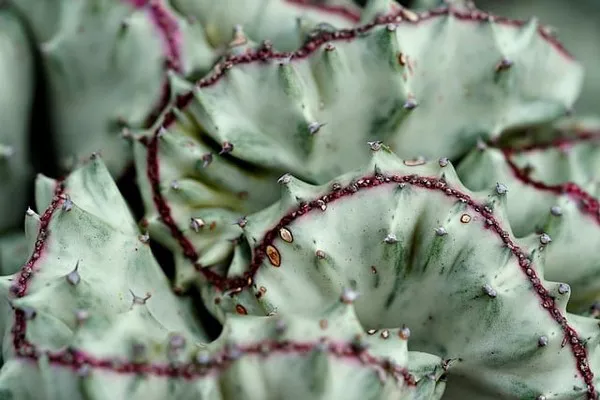Succulents have gained immense popularity as charming and low-maintenance plants that thrive in a variety of environments. One of the most fascinating aspects of these plants is their ability to propagate through various methods, including water propagation. Whether you’re a seasoned gardener or a novice plant enthusiast, propagating succulents in water can be an enjoyable and rewarding experience. In this comprehensive guide, we will delve into the intricacies of water propagation for succulents, exploring the steps, tips, and potential challenges involved in the process.
Understanding Water Propagation
Water propagation involves cultivating new succulent plants from cuttings or leaves submerged in water until they develop roots. This method has gained popularity due to its simplicity and effectiveness, making it an excellent option for propagating a diverse range of succulent species. By providing an optimal environment for root growth, water propagation allows you to expand your succulent collection without investing in additional soil or pots.
Step-by-Step Water Propagation Process
Selecting Healthy Parent Plants: Begin by choosing healthy parent plants with firm leaves or stems. Plants that are overgrown or have outgrown their pots are ideal candidates for propagation.
1. Taking Cuttings:
Gently remove leaves or stems from the parent plant. Use a clean, sharp knife or scissors to ensure clean cuts that minimize damage to the plant. Allow the cuttings to air dry for a day or two to allow the cut ends to callous. This step is crucial to prevent rot during the propagation process.
2. Choosing the Right Container:
Select a shallow container, such as a glass jar or a plastic tray, to hold the water for propagation. The container should be clean and able to hold water without leaking. Make sure the container receives adequate sunlight, as succulents still require light even during propagation.
3. Placing the Cuttings in Water:
Gently place the dried cuttings in the container, ensuring that the submerged ends are in contact with the water. Avoid fully submerging the leaves or stems, as this could lead to rot. Maintain a spacing of about an inch between the cuttings to prevent overcrowding.
4. Watering and Changing Water:
Use distilled or filtered water to prevent the buildup of minerals that could harm the cuttings. Change the water every few days to maintain its cleanliness and oxygen content. This prevents the growth of harmful bacteria and supports healthy root development.
5. Root Development:
Over time, you’ll notice small roots emerging from the submerged ends of the cuttings. This process may take a few weeks to a few months, depending on the species and environmental conditions. Patience is key during this phase.
6. Transplanting into Soil:
Once the cuttings have developed substantial roots, carefully transplant them into well-draining succulent soil. Plant them at the appropriate depth, ensuring that the roots are covered while the leaves or stems are exposed.
7. Caring for Newly Transplanted Succulents:
After transplanting, water the succulents sparingly, allowing the soil to dry out between waterings. Gradually acclimate the plants to more sunlight to prevent sunburn. As the new plants establish themselves, they will require the same care as mature succulents.
Tips for Successful Water Propagation
1.Choose the Right Season: Spring and early summer are ideal seasons for water propagation, as succulents are naturally more active during this time.
2. Use Suitable Containers: Opt for clear containers to allow you to monitor root growth and water quality easily. Additionally, shallow containers minimize the risk of waterlogging.
3. Provide Adequate Light: While you don’t need intense sunlight for water propagation, ensure that the container receives bright, indirect light. Direct sunlight can lead to overheating and damage.
4. Maintain Cleanliness: Regularly change the water to prevent the buildup of algae, bacteria, and minerals that could hinder root growth.
5. Avoid Overcrowding: Give each cutting ample space to grow by placing them at a reasonable distance from each other in the container.
Challenges and Troubleshooting
Rotting: If your cuttings are rotting instead of developing roots, it’s likely due to excessive moisture. Ensure that you allow the cut ends to callous before placing them in water and avoid overwatering.
Slow Root Development: Some succulent species naturally have slower root development. Be patient and provide the appropriate conditions; roots will eventually emerge.
Lack of Growth: If your cuttings aren’t producing new growth, it could be due to inadequate lighting or unsuitable environmental conditions. Adjust the lighting and maintain consistent care.
Conclusion
Water propagation offers a fascinating and effective way to propagate succulents, allowing you to create new plants from cuttings or leaves. By following the step-by-step process and adhering to the provided tips, you can enjoy the gratifying experience of watching your succulents develop roots and grow into thriving plants. With patience and care, water propagation can become a valuable technique in your succulent gardening repertoire, enabling you to expand your collection and share the beauty of succulents with others.


